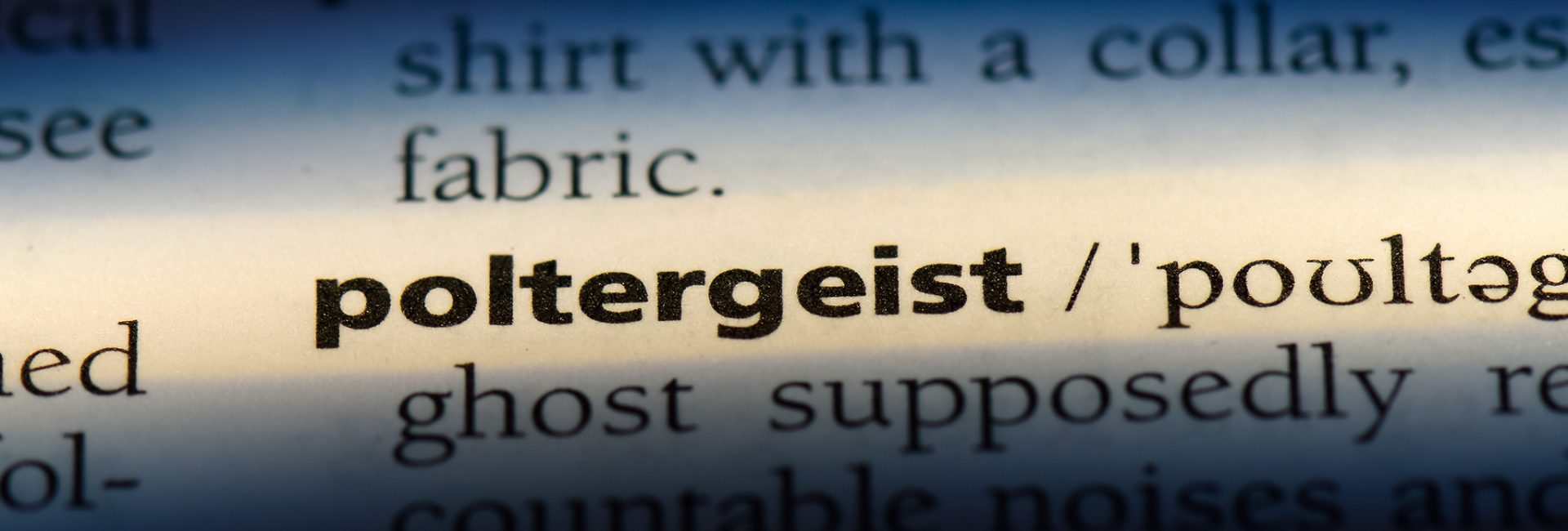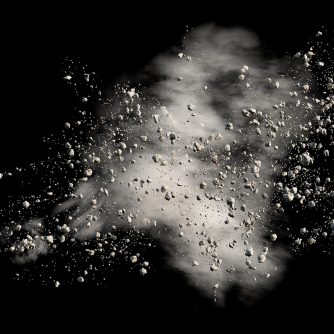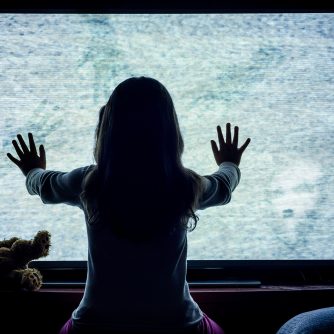By now, you may have listened to our series entitled Noisy Spirits: The Poltergeist Phenomenon. This series was very eye opening for me as I dug deep into my personal library to research the finer points of poltergeist eruptions.
In episode one, we started with a small section about a home in Indianapolis in 1962 that made national news in the United States. A family was experiencing a poltergeist eruption where the entity loved to destroy all types of glass. Police were call in and witnessed the events. There was no resolution to this case.
We then stepped way back in time to the year 858 to visit the famous Bingen Demon case. A farmer experienced a poltergeist manifestation which included booms and thumps. The event progressed to include rock throwing and eventually a voice manifestation. Exorcists were assigned to the home, and the letters about this exorcism are still in the Episcopal Annals of Mainz today. The exorcism was cut short due to a rain of stones that fell upon the exorcists and the gathered crowd. We don’t know anything after this point because the results were not recorded.
Almost a thousand years later, we looked at the work of Cesare Lombroso at an inn in Turin. This inn had a poltergeist eruption that involved the breaking of wine bottles, furniture, and utensils. Once again, the police and a priest were called in, but to no avail. When Lombroso arrived, he was able to solve the case in about three weeks. He tumbled upon the idea that maybe one of the residents had pseudo-mediumistic abilities that they could not control, and it was causing the disturbance. He eventually found that a teenaged server was the focal person. When the server was removed, so too was the eruption.
In the conclusion of episode one, we begin to explore a bit of poltergeist theory. We learn that the term “poltergeist” wasn’t used until 1848 and didn’t become part of common parlance until the late 1920s.
We also learn the differences between a poltergeist case and a more generic haunting. The crux of it is that a poltergeist is “person-centered” and a haunting is “place-centered.” Both types of hauntings share a lot in common, but there is a glaring difference between the two. For poltergeist cases, the focal person is most likely exhibiting Recurring Spontaneous Psychokinesis, or RSPK, a term coined by Dr. William Roll. We learned that most poltergeist events fall under the umbrella of psychokinesis and the focal person is unwittingly emitting PK and affecting their environment.
As you listen to this, or any other episode, please subscribe to the show on the podcast player of your choice; and if you are so inclined, please leave a review and tell a friend. It really helps us out.
We hope that you enjoy this episode!
There may be sounds in this episode mixed in to enhance your listening experience. These sounds are in surround sound, so listening in headphones is recommended for the best audio quality.
As you listen to this, or any other episode, please subscribe to the show on the podcast player of your choice; and if you are so inclined, please leave a review and tell a friend. It really helps us out.
As always, I’d like to remind you that we have a Shadow Realm where we you can help support this podcast. In our Shadow Realm you will find very high-quality audio, bonus episodes, a private Discord server, Ask Me Anything sessions, and even exclusive merchandise that we send to our patrons as a thank you gift, free of charge, anywhere in the world. Every dollar helps keep us going strong, and we appreciate your support.
Keep Up With WITS
Shadow Realm: Walk In The Shadows Podcast
Facebook: Walk In The Shadows Podcast
Twitter: @WalkShadows
Instagram: WalkintheShadowsPodcast
YouTube: Walk In The Shadows
Merchandise: Walk In The Shadows Online Store
E-Mail: Contact@WalkintheShadows.com





